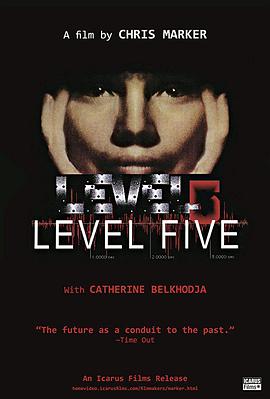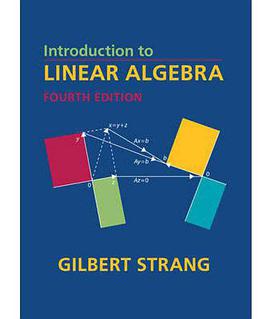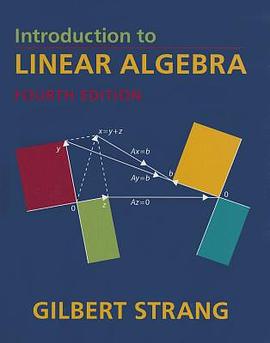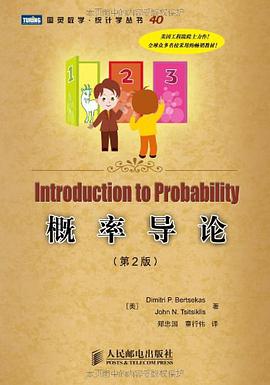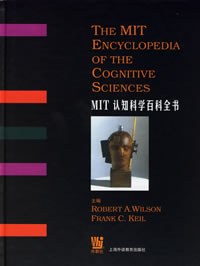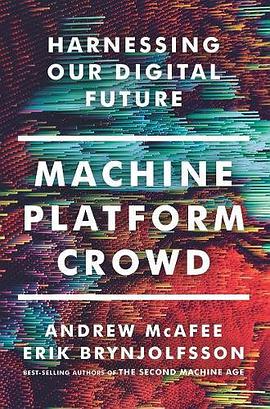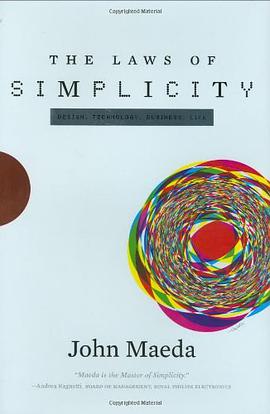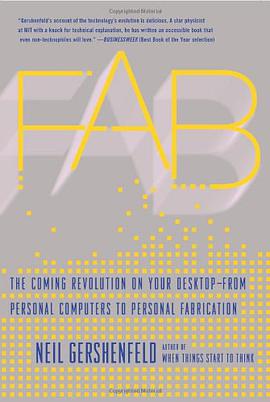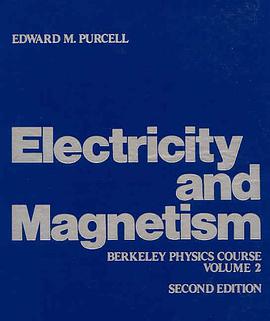From Scientific American
Thirteen years ago I unboxed my new Apple Macintosh, plugged it into the phone line, and discovered the existence of another world. Spirited, unruly discussions on everything from quantum physics to punk rock ebbed and flowed across a borderless electronic forum called Usenet. Anyone anywhere could join in. More definitive sources of information--how to combat an infestation of pine-tip moths, join two boards with a dado joint or locate the great nebula in Orion--resided among a far-flung collection of computers called Gopher servers, a precursor to the World Wide Web. So much had been happening beyond my awareness. I felt like an African bushman turning on a radio for the first time. It wasn't just words and pictures that had been lurking out there. With the chirps and squawks of modem tones, I could download animated clocks, perpetual calendars, a gizmo that made my keyboard clack and ding like an old Smith Corona typewriter. Legions of amateur programmers were creating and distributing, largely for their own amusement, a multitude of virtual machines. I hadn't thought of it this way until I read Neil Gershenfeld's new book, Fab: The Coming Revolution on Your Desktop--From Personal Computers to Personal Fabrication, but I was witnessing the revival of a spirit that had been fading since the Industrial Revolution: that of the artisan. While corporations like Microsoft and Oracle were employing droves of programmers to homogenize products for the mass market, these technological craftsmen were working on a personal scale. Crafting their code in home workshops, they enjoyed the same satisfaction that comes from building a bookshelf or caning a chair. Gershenfeld, director of the Center for Bits and Atoms at the Massachusetts Institute of Technology--the futuristic name is quintessential M.I.T.--believes that what is true now for virtual commodities will soon apply to physical ones. Give people personal computers and they can write their own software. Give them devices called personal fabricators and they can make their own things. What this will mark, he predicts, is a return to the days before "art became separated from artisans and mass manufacturing turned individuals from creators to consumers." Turning the pages, I could barely wait for the revolution to begin. With a smattering of Unix, I have been able to custom-tailor my own virtual machinery--an algorithm that checks in hourly with Amazon, recording the sales rank of my newest book; another that intercepts unwanted e-mail press releases, dispatching to persistent senders increasingly testier replies. But what about more solid stuff, like the knob that broke off the toaster? Or, even more annoying, all the extraneous, cryptically labeled buttons cluttering the TV remote control, when all I really want is On, Off, Channel, Volume and Mute? With mouse and keyboard, I could describe my needs to a personal replicator, hit enter, and wait for the product to emerge. If it wasn't quite right, I could tinker and try again. If someone else wanted to make one, I could post the code--the input for the fabricator--on my Web site or e-mail it to friends. The physical world, Gershenfeld promises, will become as malleable as the digital world, and we will no longer have to settle for the imperfect cobbling together of compromises available at the mall. It was a little disappointing to learn that for now personal fabricators are actually rooms full of expensive equipment called "fab labs." But be patient: a few decades ago a computer equivalent to a laptop weighed tons. In a class Gershenfeld teaches called "How to Make (Almost) Anything," laser cutters, water-jet cutters, numerically controlled milling machines--the kind of tools used in CAD-CAM (computer-aided design and manufacture)--give students the feeling of mastery that comes from taking an idea into the real world. Industrialists use this equipment to make prototypes, exact replicas of items they intend to manufacture. In the fab labs, as Gershenfeld puts it, the prototype is the product. Each is designed for a customer base of one. A student who had trouble getting up in the morning made her own fiendish alarm clock. Silencing it required touching a series of sensors in exactly the right order, a task certain to rouse her awake. A visitor to the lab, the actor Alan Alda, fabricated an accessory for his digital camera: a flash periscope that raises the bulb high enough that his subjects don't come out looking like red-eyed children of the damned. Even when a fab lab can be shrunk to the size of a suitcase, most people will probably content themselves with what is offered at Wal-Mart, just as they do with what's on TV. Where the revolution seems likelier to find traction is in the developing world. The best parts of Gershenfeld's book describe his adventures setting up experimental fab labs in places like Ghana and India, encouraging locals to try making tools that are unavailable or unaffordable: portable solar collectors that can turn shafts and wheels, inexpensive electronic gauges farmers can use to measure the quality of their crops, giving them an edge when they haggle with the brokers. All this may sound utopian, but it is hard not to be taken with Gershenfeld's enthusiasm. Today we have open-source software--all these free Unix and Linux programs streaming through the Net. Imagine a world with open-source hardware. Come up with a really great product, and you can share it with the world--to be hacked and modified by the people who actually use it, warrantied against obsolescence by the irrepressible nature of human ingenuity.


